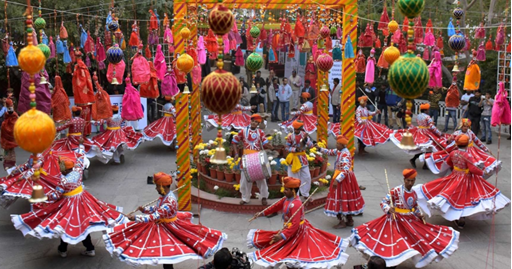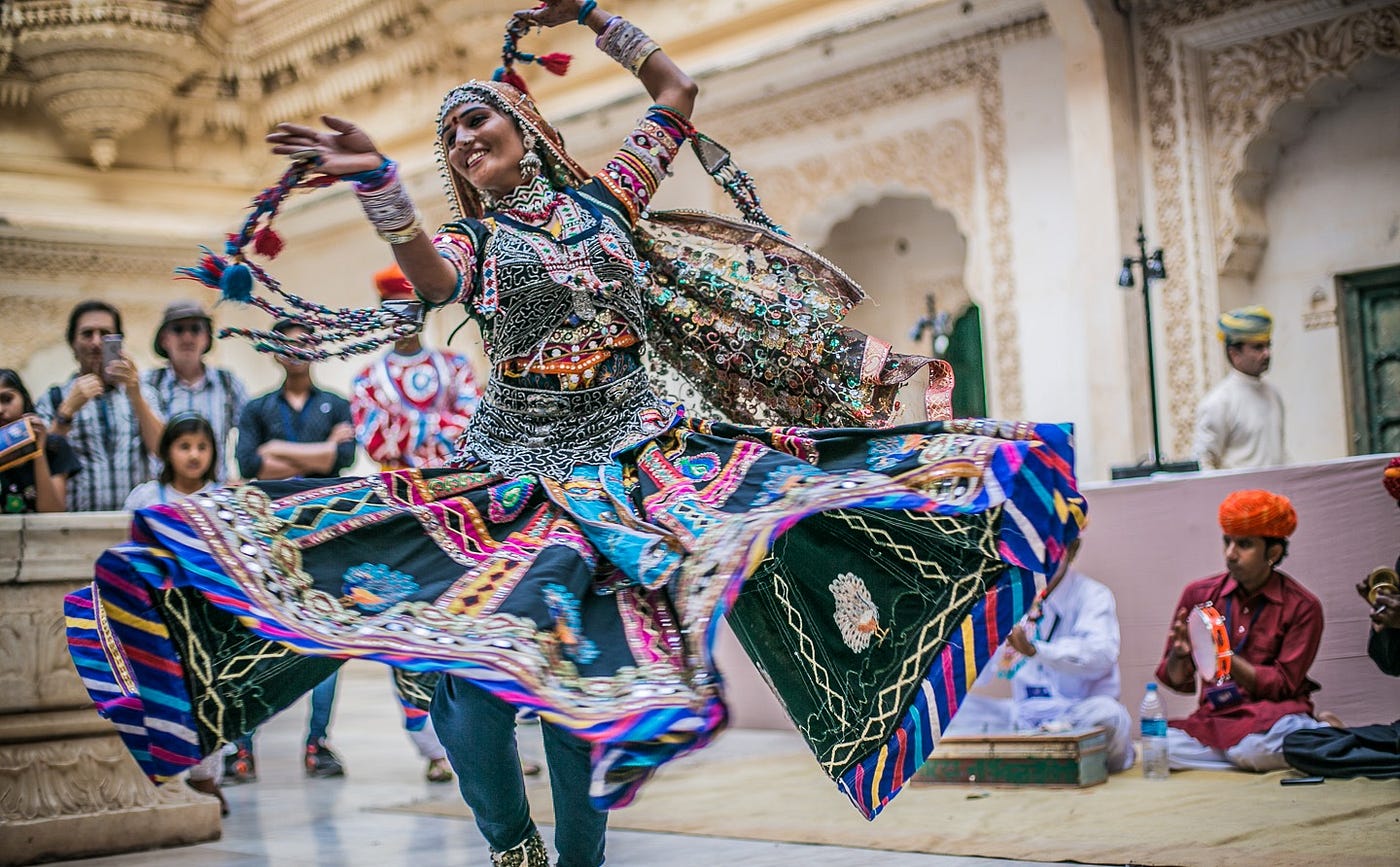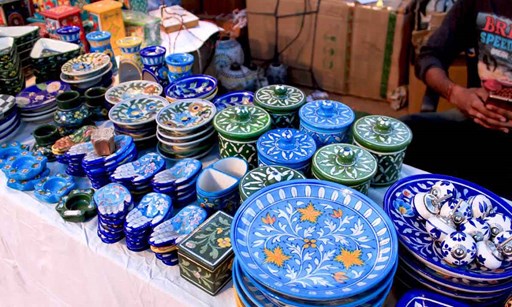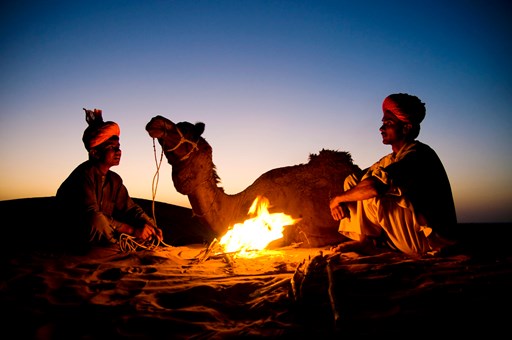Jai Singh, then 15, replied that since the emperor had extended his hand, it implied that he would protect Jai Singh and his kingdom. Impressed by his reply, Aurangazab conferred the title of Sawai, meaning one and a quarter, a title, that all of Jai Singh’s descendants kept. Jai Sing’s lineage can be traced back to the Kucchwaha Rajput clan who came to power in the 12th century. They built the magnificent Amber Fort and their might spread to beyond the present day Jaipur, encompassing the kingdoms of Mewar (Udaipur) and marwar (Jodhpur). At that time, the might of the Mughal empire was at its peak and recognizing it, the Kucchwahas aligned themselves with the Mughals. After Jai Singh came to power, there was moment of disquiet when he supported Aurangaeb’s son. Azam shah’s bid to the throne,Azam Shah lost the battle of succession to this brother Bahadur Shah, who demanded Jai Singh’s removal and installation of Vijay Singh to the throne of Jaipur. Jai Singh, not one to take serbacks lying down, formed a formidable front against the Mughals by aligning himself with other Rajput states and reinstated himself. After the dust had settled, peace reigned and the kingdom prospered and its borders expanded.
However expansion meant that the limited sources of water proved inadequate for the city. Which he named Jaipur, after himself. Much of the credit for Jaipur goes to Vidhyadhar Bhattachary,chief architect from Bengal who, with Jai Singh’s approval, founded the city on strong scientific principles Laid out according to the Shilpa Shastra, ancient architectural manual, it remains one of India’s best planned cities. After Jai Singh’s death in 1744,the obvious happened. His sons squabbled for power and without monarch, the kingdom became open to invasion and neighboring Rajput states and the Marathas usurped large areas of kingdom.As with the Mughals, Jaipur maintained good relations with the British and during the war of independence in 1857 remained loyal to the raj. Yet, the British gradually began to undermine the independence of the state and exercised greater control over the administration. In 1876,Maharaja Ram Singh did something that earned Jaiur its sobriquet. He painted the entire city pink, traditionally a color associated with hospitality, to welcome the prince of Wales (leater king Edward VII) to the city. The tradition has been maintained and today all residents in the old city are compelled by law to preserve the pink color.
Maharaja Ram Singh also built Ramgarh lake to supply water to the burgeoning city. Duringh the 19th and 20th centuries the city’s population spread beyondits walls. In 1922 Man Singh II, Jaipur’s Maharaja ascended the throne and it was during his reign that civic buildings like the secretariat, schools, hospitals and other public buildings were built. After independence, Jaipur merged with the states of Jodhpur,Jaisalmer and Bikaner to become the greater Rajasthan union. Man Singh II was bestowed with the title of Rajapramukh and given charge of the new province .The title was later revoked and in 1956, Jaipur became the capital of the state of Rajasthan.



Located in the eastern Rajasthan, this city of Jaipur is popular of the amazing forts and stupendous palaces. This royal town has magnificent architecture and is the first planned city of India. The buildings here are made with pink-painted sandstone which brings it the name of Pink City. With fantastic attractions all around the city, it invites tourists from all over the world. Jaipur's rich cultural heritage is displayed in the traditions, customs, lifestyle, art and architecture of this place. In fact the best understanding of Jaipur's culture can be attained through its art, music and architecture. The splendid monuments of Jaipur deserve a visit. Those huge fortresses of Mughal and Rajput reigns, the Hawa Mahal, Amber Fort, Jal Mahal aptly describe the culture of the city. Jantar Mantar of Jaipur, the largest of all five similar monuments is an observatory basically, which is indeed an architectural spectacle.
The people of this lively town are friendly and warm. Their colourful outfits and unique jewellery are the part of their culture displayed in a flamboyant way. They love to dance to the tunes of Rajasthani folk songs. Famous dances of Jaipur include Ghoomar, Chari where the dancers got to dance on a pot with a lit diya on their head. Traditional instruments like Sarangi, Ektara, and Jhalar are also played while singing folk songs. Food or the local delicacies of Jaipur also reveal the culture of the city. Jaipur's utterly delicious mangodi, papad, khichdi, buttermilk, sohan halwa have no match. Also famous for its handicrafts, Jaipur has markets flooded with handicraft items. Carved silver jewellery, kundan as well as meenakari jewellery, ivory carved sculptures, wood work and leather goods, are all so finely made that they would undoubtedly catch your eye. Known for blue pottery, miniature paintings and traditional clothes with work of bandhni, zari and zardosi, are certainly the best examples that depict rich culture of Jaipur.
The Mughal and Rajput rulers used to invite skilled artists and craftsmen from India and abroad to display and share their abilities with the people of Jaipur. Many of them settled here leading to development of Jaipur as the haven of rich art and culture. Some of the artful talents of artisans include: Bandhani; Block printing; Stone carving and Sculpture; Tarkashi; Zari, Gota, Kinari and Zardozi; Silver Jewellery; Gems, Kundan, Meenakari and Jewellery; Miniature paintings; Blue Pottery; Ivory carving; Shellac work; Leather ware, etc.

This land of Jaipur has its own performing arts. The Jaipur Gharana for Kathak is widely popular and apparently an example of rich cultural heritage of Jaipur as far as performing arts is concerned. Tamasha is another such example.

The pink city Jaipur presents to you scrumptious cuisines that are known throughout India; dishes like Dal Bati Churma, Missi Roti, and sweets like Ghevar, Feeni, Gajak, Chauguni ke laddu, Moong Thal, to name a few. Rajasthani cuisine is full of nutrition since it's made in ghee and butter; and is generally vegetarian.

This city witnesses various fairs and festivals at different time of the year. Some of the festivals are Gangaur festival, Jaipur Literature festival, Kite festival, Teej festival, Shitla Mata Fair, Chaksu Fair, Elephant Fair, Chhat ka Mela in Amber during Navratri. The colourful city becomes even more lively and lovely.

The people of Jaipur are friendly and warm. The colourful outfits and ethnic jewellery they sport are the part of our culture exhibited in a beautiful way. They love to perform folk dances to the tunes of Rajasthani folk songs. The main language of Jaipur is Rajasthani. However, Marwari, Hindi and English are also spoken in the city.
The culture of Jaipur facilitates us with a holistic view of not only Rajasthan but also with the culture of India.

